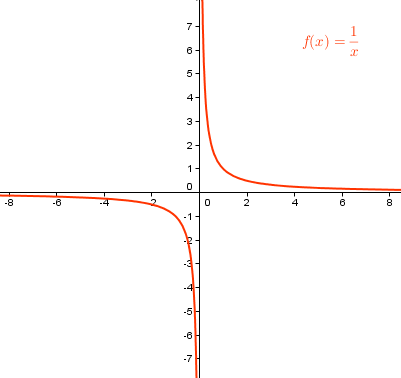Curve Sketching 3: Understanding Vertical and Horizontal Asymptotes
This is the third part of the Mathematics and Multimedia Curve Sketching Series. In the first part of this series, we have learned how to sketch linear functions, while in the second part, we have learned how to sketch quadratic functions. In this post and the next post, we will discuss about another important property of some functions that can be used in curve sketching.
In Curve Sketching 2, we have learned the different properties of quadratic functions that can help in sketching its graphs. This property is called the asymptote. » Read more
